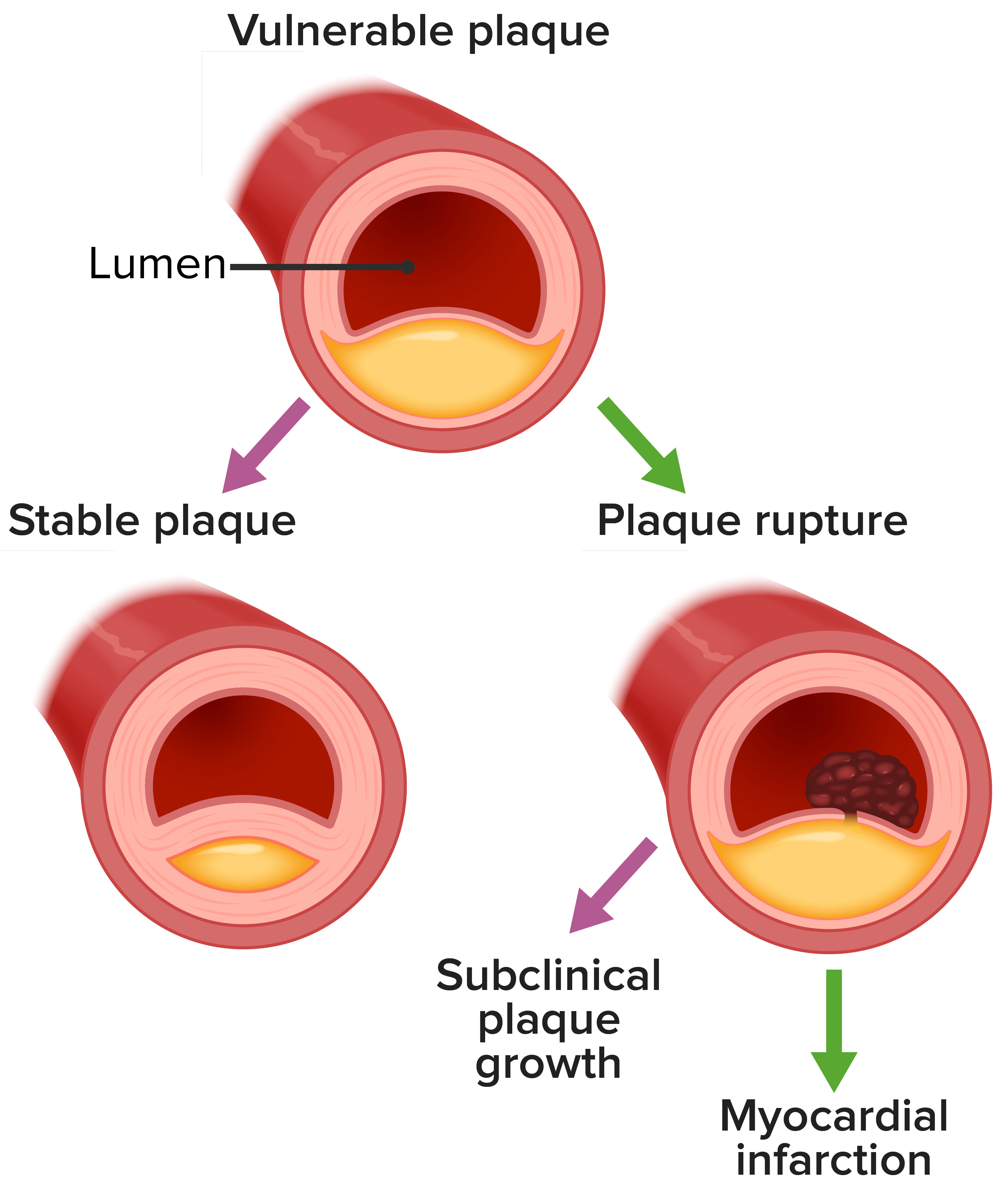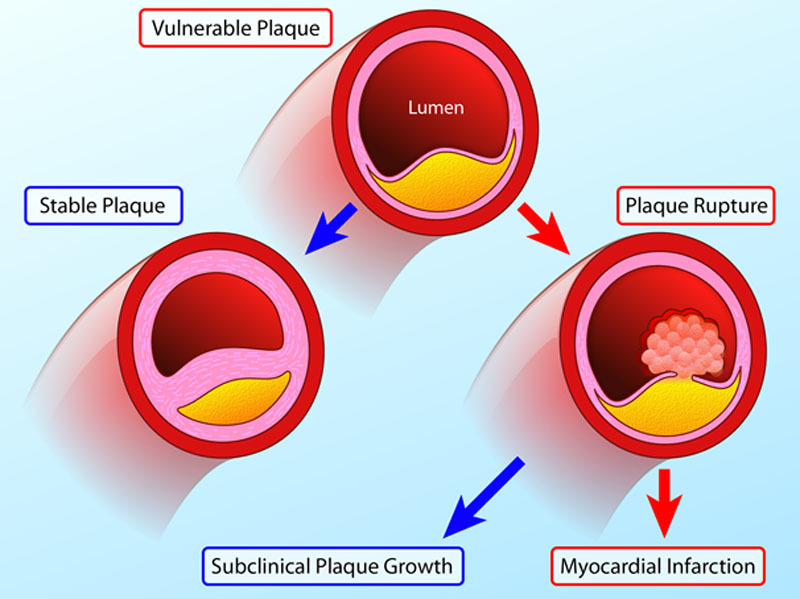Playlist
Show Playlist
Hide Playlist
Management of Angina and Myocardial Infarction: Overview
-
Slides ManagementAngina MyocardialInfarction CardiovascularPathology.pdf
-
Download Lecture Overview
00:01 Let us take a look at the management of your patient who has stable angina, acute coronary syndrome. Let us go back to quickly our discussion. If it is stable, exertion, angina, pain. If it is acute coronary syndrome, then the plaque has gotten so big that the pain is going to be at rest. Myocardial infarction, acute, we've walked through in great detail in our previous lectures. What is the two immediate goals? Let us go back to the physiology that we talked about where we are addressing the demand and we are addressing the supply. 00:36 What do you want to do? If you know that your heart is compromised due to whatever reason, in this case the atherosclerosis, then would that make sense to try to decrease the demand of the heart. So, therefore, what kind of receptor does the heart have in which its activity is pretty much controlled or influenced? Beta-1 receptor. When I try to control the beta receptors, why not administer some calcium channel blockers? Those are the thing that you pay attention, now be careful though because if you administer too much or if you have your patient going into massive MI, then the heart has no chance of recovering, you’re going to kill your patient so be careful when you are giving such drugs. Or what about the supply? We know that the supply has already been compromised when I try to get in there and try to remove that clot and by doing so, aren’t you addressing both goals?
About the Lecture
The lecture Management of Angina and Myocardial Infarction: Overview by Carlo Raj, MD is from the course Ischemic Heart Disease: Basic Principles with Carlo Raj.
Included Quiz Questions
What physiologic changes are the goal in the treatment of myocardial infarction?
- Increasing myocardial oxygen supply and decreasing demand
- Decreasing myocardial oxygen supply and decreasing demand
- Increasing heart rate and blood pressure to increase blood flow
- Increasing myocardial oxygen supply and increasing demand
- Increasing contractility of the myocardium
Customer reviews
5,0 of 5 stars
| 5 Stars |
|
1 |
| 4 Stars |
|
0 |
| 3 Stars |
|
0 |
| 2 Stars |
|
0 |
| 1 Star |
|
0 |
His mannerisms and power-speaking sometimes detract from his lectures, but Dr Raj is by far the best lecturer on Lecturio.






